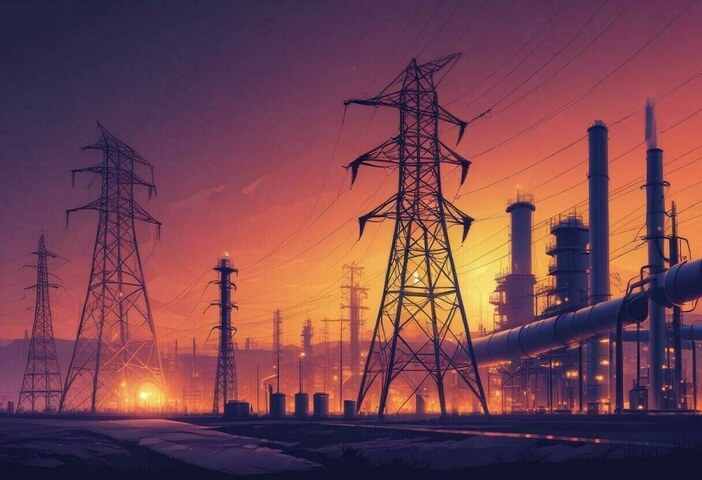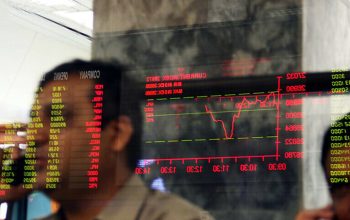EDITORIAL: Negotiations with Independent Power Producers (IPPs) are progressing. Following the termination of contracts with five IPPs after they were deemed redundant, a revised agreement with eight bagasse-based IPPs is being finalised.
Next in line are the 18 IPPs established under the 1994 and 2002 policies, which will be coaxed to shift towards a ‘take-and-pay’ model and agree to reductions in returns. This will be followed by discussions with wind-based IPPs.
However, it is important to note that these efforts, the impact will be limited. The anticipated savings are about Rs2 per unit that would not be sufficient to counter the decline in demand from the national grid.
Therefore, more comprehensive measures are required. From the generation side, a significant relief from capacity payments could be achieved through the re-profiling of Chinese debt under CPEC (China Pakistan Economic Corridor) and the government-owned IPPs.
Progress, however modest, was made when Finance Minister Aurangzeb visited China in June, where he discussed debt re-profiling for IPPs with his Chinese counterpart. A committee was subsequently formed to lay the groundwork and the Chinese embassy in Islamabad began collecting preliminary data. The expectation was for an announcement during the visit of Chinese Premier Li Qiang in mid-October.
However, the tragic incident near Karachi airport on October 6, resulting in deaths of Chinese nationals, stalled negotiations. Reports suggested that one of the negotiators was among the victims, although this was later quashed by the finance minister and other sources. Regardless, the momentum on renegotiations halted after the incident, and the subject was not included in discussions with the Chinese Premier.
Later, the Private Power and Infrastructure Board (PPIB) asked CPEC-financed IPP owners to request their lenders to consider debt re-profiling.
The owners, mainly the Chinese, responded that since these projects are part of the CPEC — a government-to-government (G-to-G) initiative — the loans were granted at the behest of the Chinese government. Some lenders are state-owned, and the debt is quasi-fiscal, implying that the initiative and impetus must come from government negotiations, as it did with nuclear projects. However, ensuring the security of Chinese nationals in Pakistan has to be the top priority.
Consequently, debt re-profiling for the Chinese IPPs remains on the backburner. Without it, the broader negotiations with IPPs appear to be more about optics than substantive change. In 2022, there were efforts to renegotiate with IPPs, and during 2022-23, the energy ministry focused on controlling theft, with numerous cases publicised by the then Power Secretary.
Despite these efforts, power tariffs continued to rise, and circular debt kept growing. Consumers have yet to see tangible benefits. Experts warn that without including CPEC projects and government-owned IPPs in negotiations, the current talks may yield limited results.
There are some other silver linings in terms of lowering the taxation burden such as reducing the tax burden on electricity. Discussions with the IMF could lead to shifting the tax load onto petroleum products, which might encourage a transition to electric vehicles (EVs) and help stabilise the demand for electricity.
More crucial reforms include opening the energy market and privatising distribution companies, which could be transformative. The upcoming negotiations with 18 IPPs to adopt a ‘take-and-pay’ model will only be effective if the energy market is liberalised, with rational wheeling charges in place.
Let’s see how the energy task forces work beyond coercive actions and lip service.
Copyright Business Recorder, 2024
Read the full story at the Business Recorder - Latest News website.



